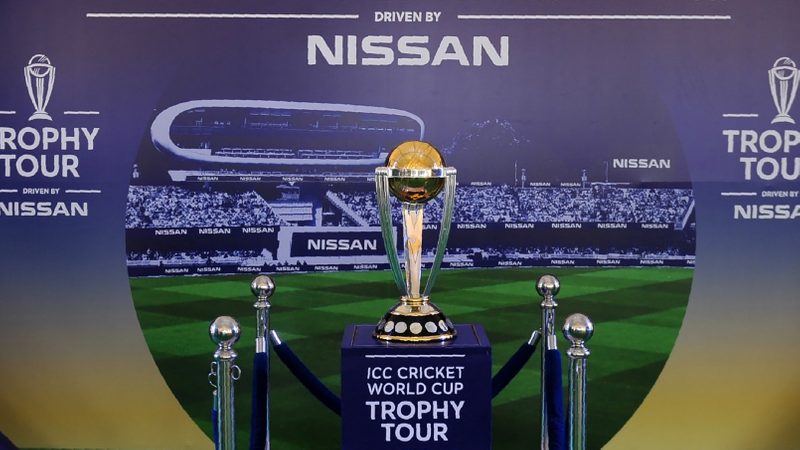
The International Cricket Council (ICC) World Cup is held every four years and is a prestigious international tournament. Cricketing nations from all over the world compete to win the ultimate One Day International (ODI) prize of them all.
So who succeeds and who doesn’t? What unifying factors separate the eventual champions from the rest?
Healthy batting averages
Batting strength was the biggest predictor of World Cup victory. The average scoring rates of a side in the two years leading up to a World Cup were a stronger predictor of how they would fare than any other factor. In 1999, 2003 and 2007, the eventual champions Australia’s batting order had a batting average of 31, 35 and 36, respectively, which were ranked the top two globally. In 2011, champions India went into the tournament with the batting order’s batting average of 35, followed by Australia in 2015 with 34.
A path of victories
A team's playing record in the two years going up to the competition also had a substantial correlation with World Cup performance. The top two rated countries entering the tournament had won four of the previous five World Cups, with the exception of India in 2011, and they had a solid 60 per cent win rate, which would have put them in the top two most of the time. Australia, in all their wins in 1999, 2003, 2007 and 2015 had the win percentage of 58 per cent, 73 per cent, 65 per cent and 67 per cent, respectively.
ODI experience
The level of ODI experience in the group, as measured by the average number of ODI caps in the squad, was a third good predictor of World Cup victory. In reality, only one of the 10 teams who reached the final in the last 20 years prior to 2015 did not rank in the top half in the world of the average number of caps. India, in 2011, took the most experienced team, with an average of 138 ODI caps in average.
It's simple to remark that it is obvious when looking at those three measures. One would expect a team with strong batting, a winning record, and a lot of experience to win World Cups. And thus, It's also worth mentioning the several factors that had little bearing on World Cup victory. Bowling strength Is a surprise factor. Another factor is selection consistency. There was no link between the amount of players a side utilised the previous year and their performance at the World Cup the following year.
The sample size is small, and thus this makes for a compelling argument in favour of the observations. England in 2019 rectified all of these three factors and went on to win the World Cup.
Featured photo: AFP / LAKRUWAN WANNIARACHCHI







